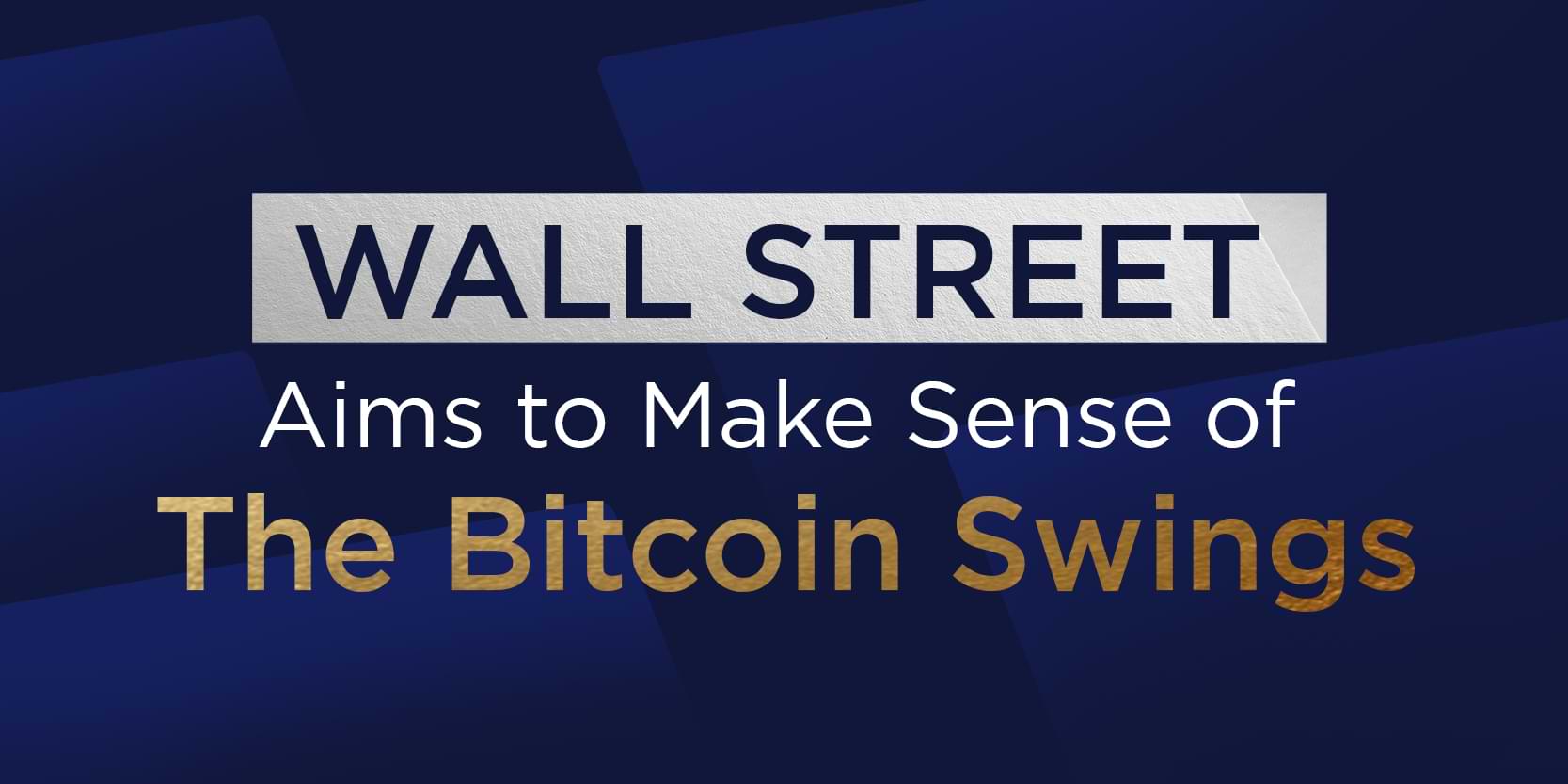
Wall Street Aims to Make Sense of The Bitcoin Swings
Since Q4 of 2020, the Bitcoin price began surging as investors shifted their attention from the losing stock market to cryptocurrencies. At only $10,000 in September, BTC quickly turned things around and rallied to $29,000 by the end of the year, spiking to as much as $64,000 in a mid-April 2021 all-time high. For the past few months, Bitcoin has been unstoppable. While the altcoin market saw significantly higher percentage gains, none could rival BTC’s overall valuation—even Ethereum’s NFT-fueled massive comeback in May only merited up to $4,300.
So when Bitcoin price news came with a coin value tumbling down in late May, investors were rightfully concerned. BTC was at $56,000 on May 12 and $31,000 by the 24th—what went wrong? And how is Wall Street responding to the radical ups and downs in the crypto market?
Why Is The Bitcoin Price Falling?
Two main factors contributed to Bitcoin’s abrupt fall from the moon. First was Elon Musk’s tweet, which outlined how Tesla would no longer accept BTC as payments moving forward, as the company doesn’t support the coin’s unsustainable fossil fuel consumption.
The multi billionaire founder of Tesla expressed an interest in Bitcoin two months ago, driving prices upward and enabling the crypto to surge past $60,000. The short-lived affair sparked a mass selling hysteria among investors who are afraid that others will follow Tesla’s move—especially as there are no known projects that will help Bitcoin become significantly more sustainable in the near future.
The second cause for concern was the vital Bitcoin news from China, wherein the country announced a major cryptocurrency crackdown pioneered by Vice Premier Liu He, the most powerful figure in the country to regulate the coin industry thus far. China and crypto were never best friends: major crackdowns were already imposed in 2013 and 2017, both of which marked a similar bullish market that spiraled mining and digital liquidity out of control. However, despite previous government actions, mainland Chinese miners still hold massive power over the Bitcoin hash rate, accounting for 75% of the network.
Beijing is putting more serious hats on this time around, forcing some of the biggest mining pools to fold. In particular, mining rig manufacturers are shifting their market strategy to attract North American and Central Asian customers, where mining remains largely unprohibited. Naturally, the news created the ideal scenario for investors to back out and sell their BTC.
Analysis by Wall Street Strategists
Earlier this week, JPMorgan Chase & Co strategists wrote that it’s too premature to believe that it’s the end of the recent Bitcoin downtrend. While the coin has rebounded from a $31,000 low on the 24th to a monumental welcome back to $40,000 just two days later, the company warned that the extreme fluctuations in the coin’s value are turning away institutional investors.
As it stands, there’s still a possibility for BTC to plummet to under $20,000—but the coin has been resilient against dipping below the $30,000 mark. BTIG’s chief equity officer and derivatives strategist Julian Emanuel targets a $50,000 end-of-year BTC price, citing regulations as the biggest concerns that could cause another crypto winter.
Risk-Adjusted Returns
Despite the Bitcoin sell-off, the coin is still one of the best investment assets when calculated against risk-adjusted returns. This term refers to an adjustment in an asset’s performance by considering the risk factors involved in its growth. While the BTC value has turned sour, analysts believe that Bitcoin’s doing much better than other popular investment derivatives, including stocks, commodities, treasures, and the S&P 500—all because of the risks involved in delving into cryptocurrency.
In particular, it’s the newness and speculative nature of digital assets that’s driving up the risk in Bitcoin investments. Early HODLers might have scored big in the latest bull run, but latecomers who entered the market when BTC was trading at $60,000 have it hard. There isn’t enough historical data to compare Bitcoin against itself and other similar assets, enhancing the difficulty investors face in making informed decisions. Moreover, despite the intensity of the sell-off, BTC is still up by $9,000 since the start of the year and $30,000 since May 2020.
Ultimately, roadblocks—particularly government regulations—are blurring the future of BTC, increasing the risk investors have to consider before taking advantage of the current low. While Wall Street scratches its head over the Bitcoin price dilemma, one thing’s for certain: persistent investors have not yet given up, allowing the coin to stay above the $30,000 line.





Leave a Reply
Add comment ×